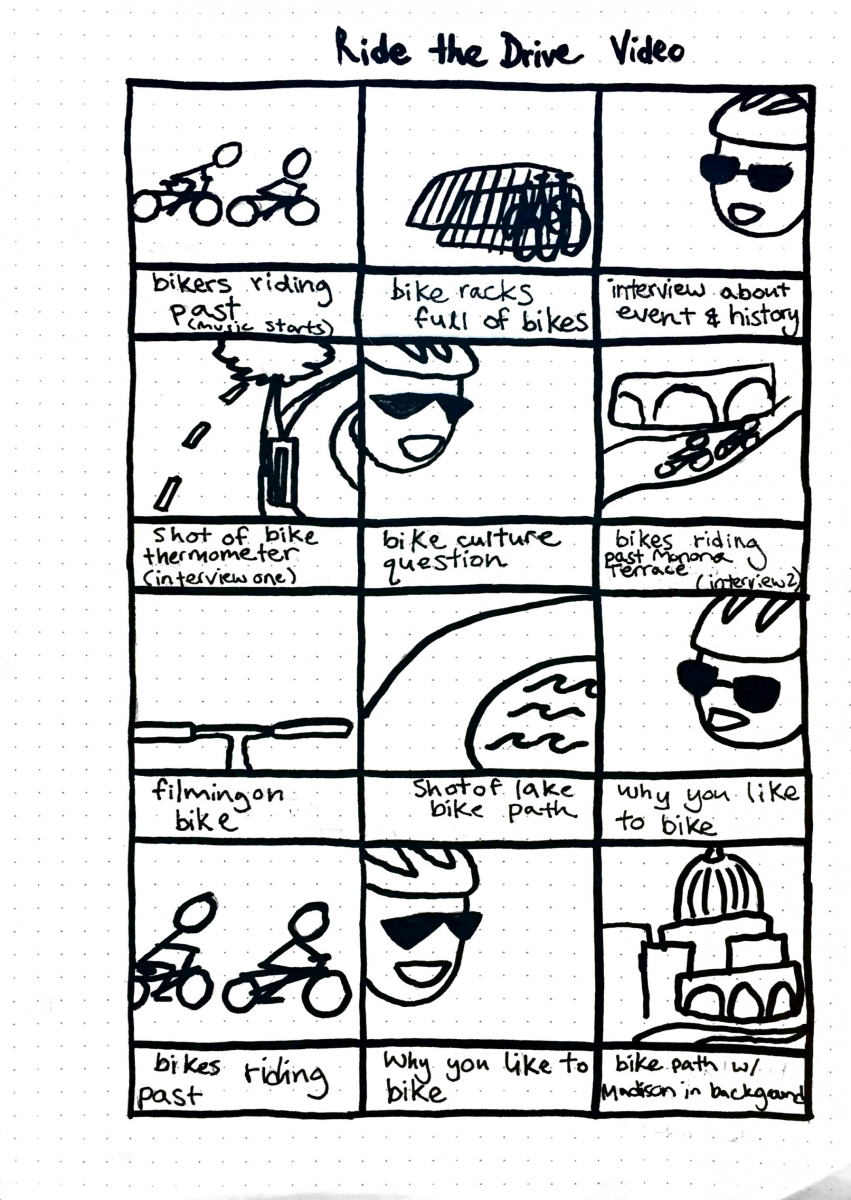Video: Planning Visual Storytelling
In the realm of video storytelling, careful planning lays the foundation for a captivating and impactful narrative.
In the realm of video storytelling, careful planning lays the foundation for a captivating and impactful narrative.

As you embark on your video creation journey, remember that rules are not meant to be restrictive but rather serve as guiding principles. Once mastered, they can be skillfully broken with purpose and intent. Let’s delve into the crucial aspects of planning your video:
Clearly outline the goals and objectives of your video. What do you want to achieve? Why are you telling this story? Why is it important? Understanding your purpose will help shape your storytelling approach.

Determine the target audience for your video. Who are you trying to reach? Consider their demographics, interests, and preferences. Tailor your narrative and visual style to resonate with this specific audience.


